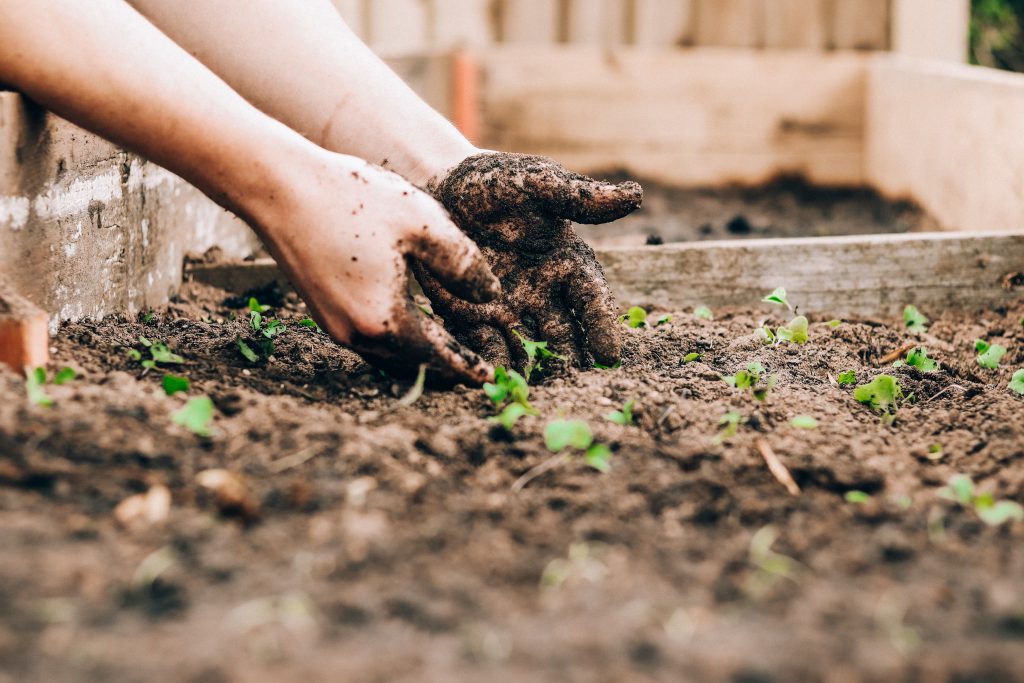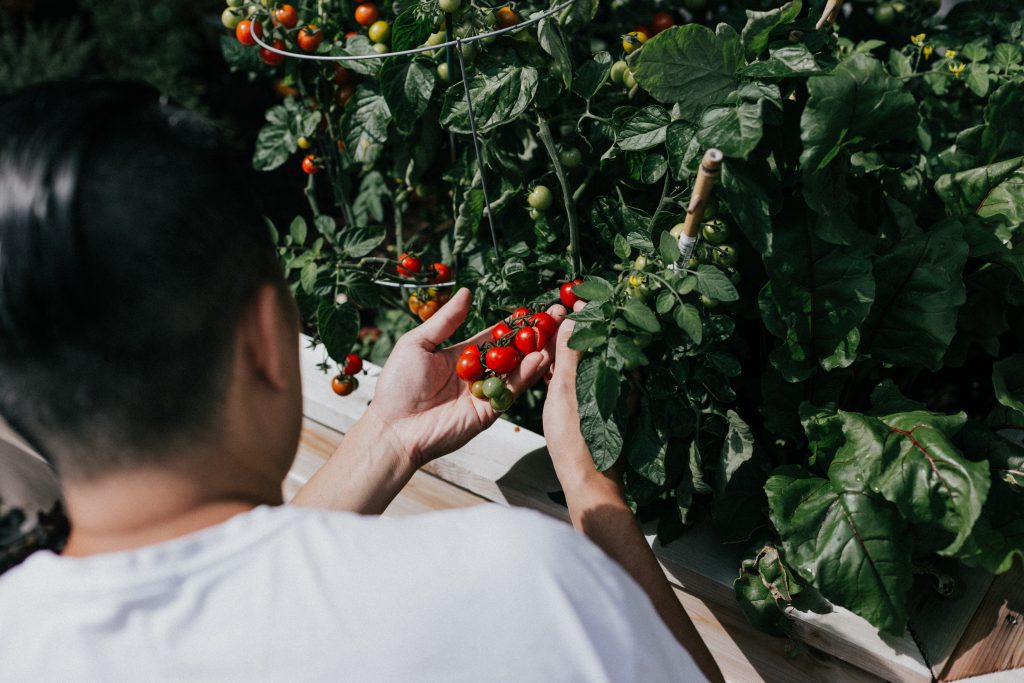Over the past year, we have all had to think about where our food is coming from. The stark reality of empty supermarket shelves was an impactful sight, reminding us that all our food doesn’t magically appear on the shelves for us to purchase and take home.
In the UK, we import 45% of our food. We rely on transport links across the world running smoothly, so when they are disrupted by events such as the Covid-19 pandemic or Brexit, the shelves can start to look a little bare. Other countries rely on imported food even more; Singapore only produces 10% of the food it needs, importing the other 90% from overseas. A lack of arable land limits their ability to be self-reliant and means that they are currently only able to produce 13% of all the vegetables required to feed their population.
The sustainability of a food supply chain that relies heavily on imports from overseas is an issue that is becoming more pressing every day. Countries are realising that one of the ways to ensure good food security is to reduce their reliance on imported foods and focus on increasing the amount they can grow within their own country. While a lack of arable land was once a big challenge to overcome, new technology is making homegrown food an increasingly accessible reality.
Vertical farming has long been considered to be key to increasing food production in areas where land is in short supply. In urban areas, it can produce higher yields of foods than traditional horticulture could and, as discussed in a previous blog post, the ability of smaller, local growers to adapt the amount of crops grown to fit the needs of a local community is a great way to reduce food waste and build a reliable customer base.
But the newest trend taking the market by storm is devices that allow consumers to grow their own produce at home. These often take the form of kitchen installations that act as miniature greenhouses, within which temperature, humidity, nutrient levels, and light can all be controlled easily by the user to optimise growing conditions for maximum yields. While the number of people currently using these devices is still small, they are a fun and interactive way to produce your own food, and the novelty of them definitely has not worn off yet.

Growing produce in your own home has many benefits, not least the reduction in carbon emissions that can be achieved by minimising the distance food travels to reach your plate! However, as with any grow, there are challenges that come with growing your own food at home – mould and bacteria growing on the crops, and yield being limited by a lack of natural sunlight. Vitabeam has an easy solution to help solve these problems.
By integrating Vitabeam’s unique, patented and proven safe light formula into these devices, mould and bacteria can be killed safely and naturally, without the need for chemicals or pesticides. Produce can be kept clean and safe, protecting the health of the consumers from the side-effects of both the pathogens that have been killed, as well as the chemicals that are often used to kill said pathogens.
Additionally, the specific wavelengths of light in Vitabeam’s formula supercharge plant growth, meaning each home user could produce more food in a shorter amount of time, decreasing their reliance on topping up their home-grown food with supermarket-bought food.
The potential for home-grown food is very exciting, with most devices currently focussing on leafy salads such as lettuce and herbs, but who knows how much of our fresh produce we could be growing at home in the near future? With Vitabeam’s help, these devices could play a huge role in more sustainable food supply chains – the future really is brighter with Vitabeam.
